
Question-Answer Relationship
Teaching STEM
This strategy helps students reflect on new content by asking questions that require different thought processes.
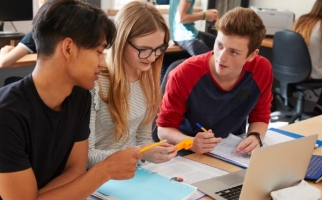
Read-View-Listen
Teaching STEM
This strategy helps students obtain and summarize information presented in different information transmission types (text, images, audio).
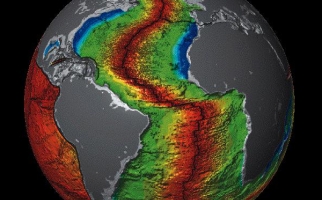
Plate Tectonics
STEM Explained
The surface of the Earth is constantly moving, and earthquakes and volcanoes occur, because of plate tectonics.
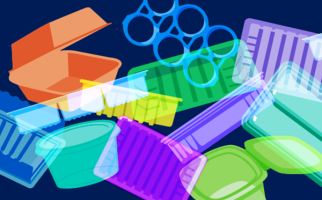
Polystyrene: The Pros, the Cons, the Chemistry
STEM Explained
Learn the organic chemistry behind this very useful plastic. Why is recycling polystyrene hard? Why does polystyrene often end up as solid waste?
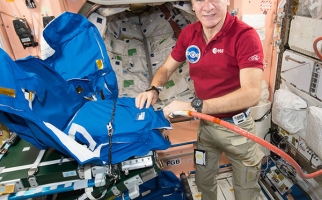
Radiation and Human Space Exploration
STEM Explained
One of the greatest hazards that humans in space face is cosmic radiation. Learn what cosmic radiation is, why it's dangerous, and ways that we are looking at protecting humans in deep space.
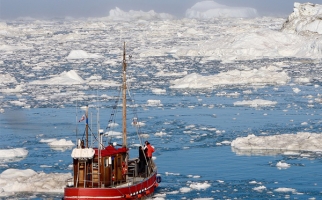
Reaching the Arctic
STEM Explained
How will arctic ice melt from climate change affect exploration, scientific research and geopolitics?
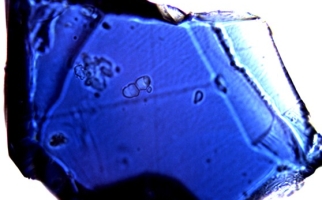
Ringwoodite and the Deep Water Cycle
STEM Explained
The water in the oceans has travelled vast distances. It has even time spent deep below the surface of the Earth, trapped inside the mineral ringwoodite.
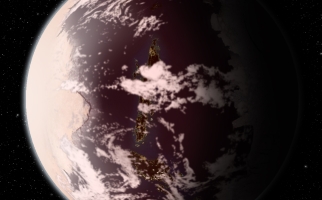
Searching for exoplanets around the star next door
STEM Explained
In planetary science, astronomers have found planets that orbit other stars, just like Earth orbits the Sun. Some of them might even be able to support life.
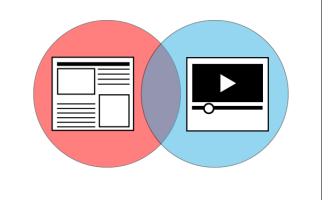
Print-Video Venn Diagram
Teaching STEM
This strategy helps students collaboratively summarize information presented from both a text and a related video.
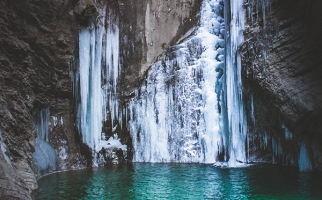
Properties of Liquids and Solids
Lessons
Students develop and apply observing, comparing & contrasting and predicting skills as they explore the properties of common liquids and solids.
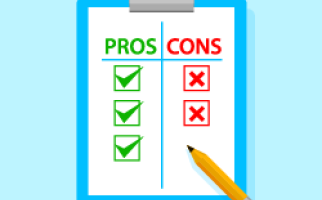
Pros & Cons Organizer
Teaching STEM
This strategy helps students develop decision-making skills as they determine the pros and cons of an issue.

Push and Pull
Lessons
Students develop and apply Observing, Comparing & Contrasting and Sorting & Classifying skills as they explore the forces of push and pull acting on everyday objects.
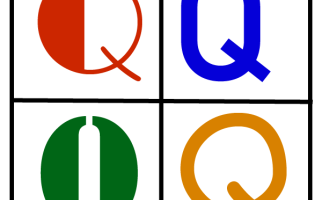
Question Creation Chart (QC2)
Teaching STEM
The Question Creation Chart (also known as a Q-Chart or Q-Matrix) provides students with a framework for developing a range of personally meaningful questions, encompassing both close-ended factual questions and open-ended, divergent questions. (Adapted from Weiderhold, 1997).
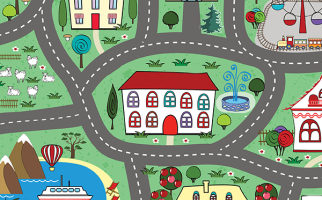
Rosie's Walk
Lessons
Students develop and apply communicating, sequencing and spatial reasoning skills as they create and navigate a maze to get Rosie the Hen safely home for lunch.

Meiosis Mistakes
STEM Explained
Errors during meiosis can alter the number of chromosomes in cells and lead to genetic disorders.